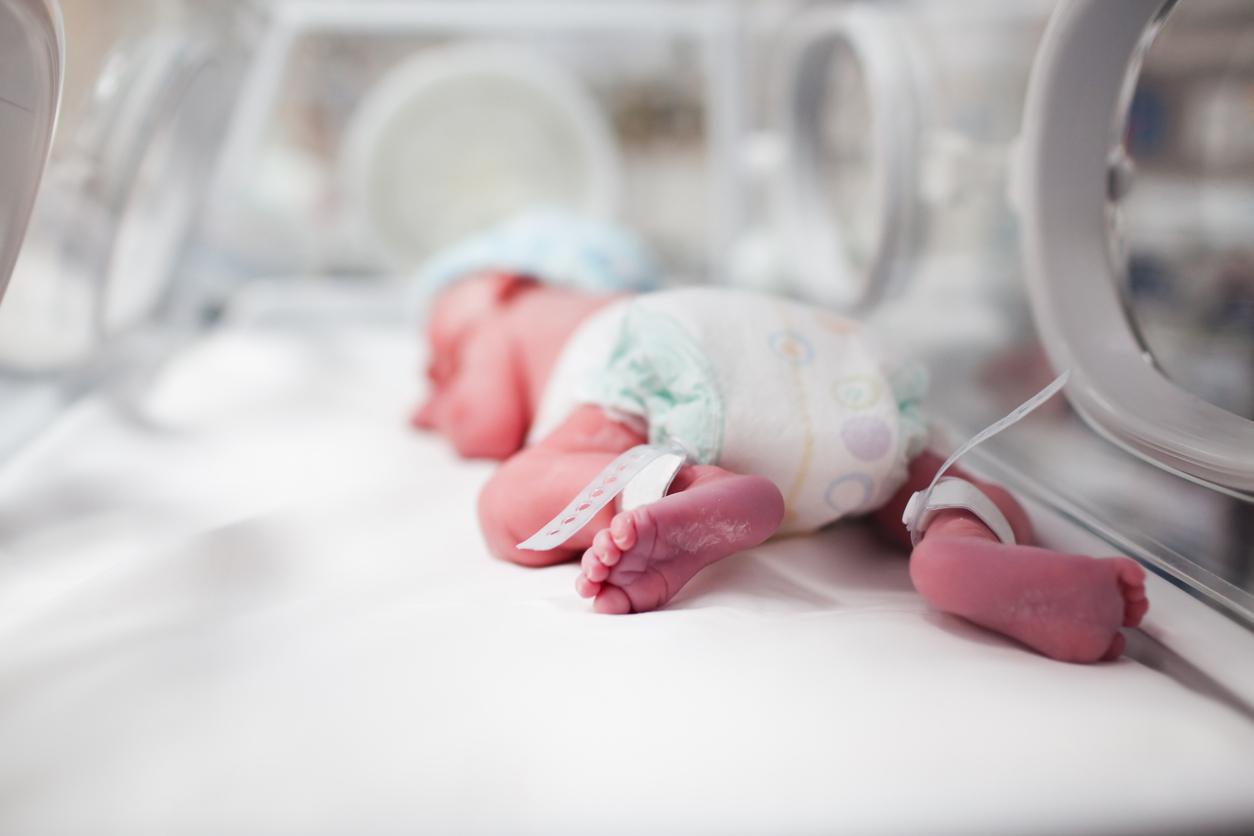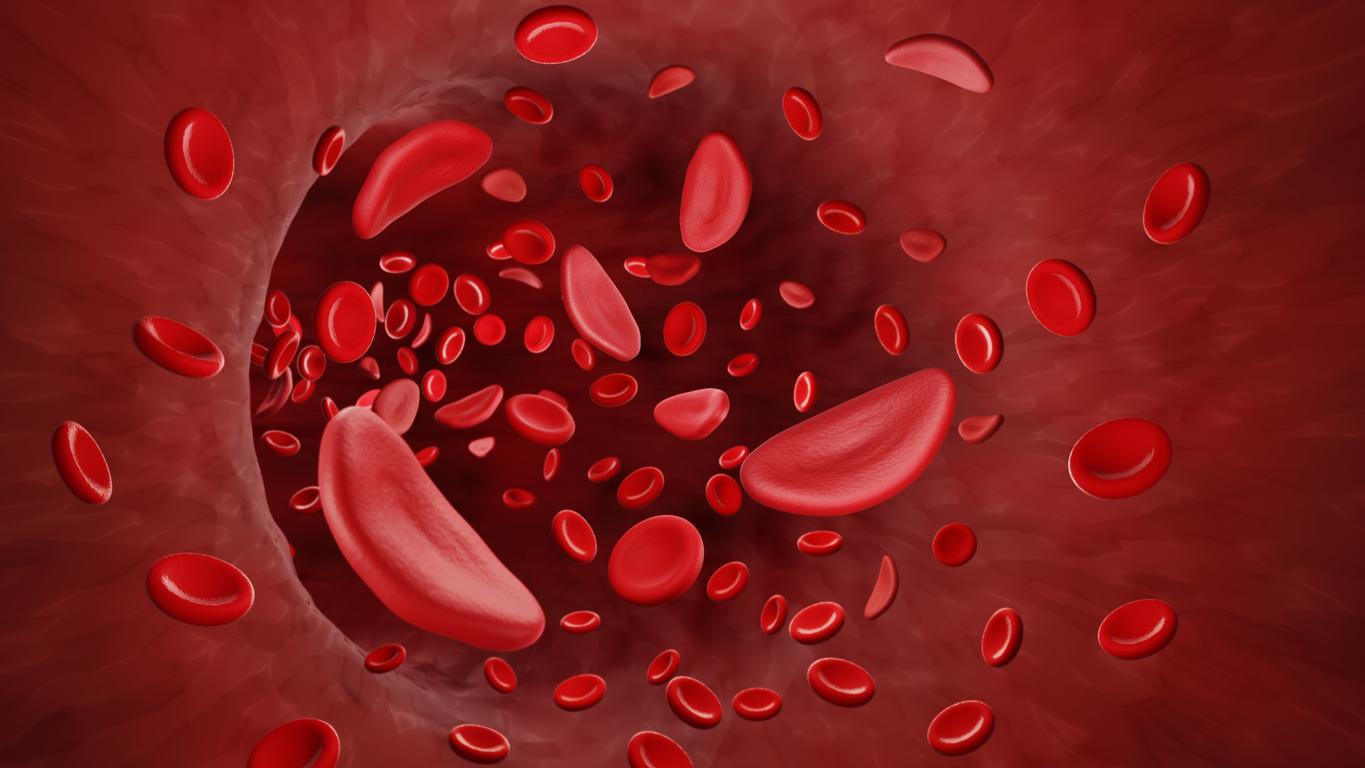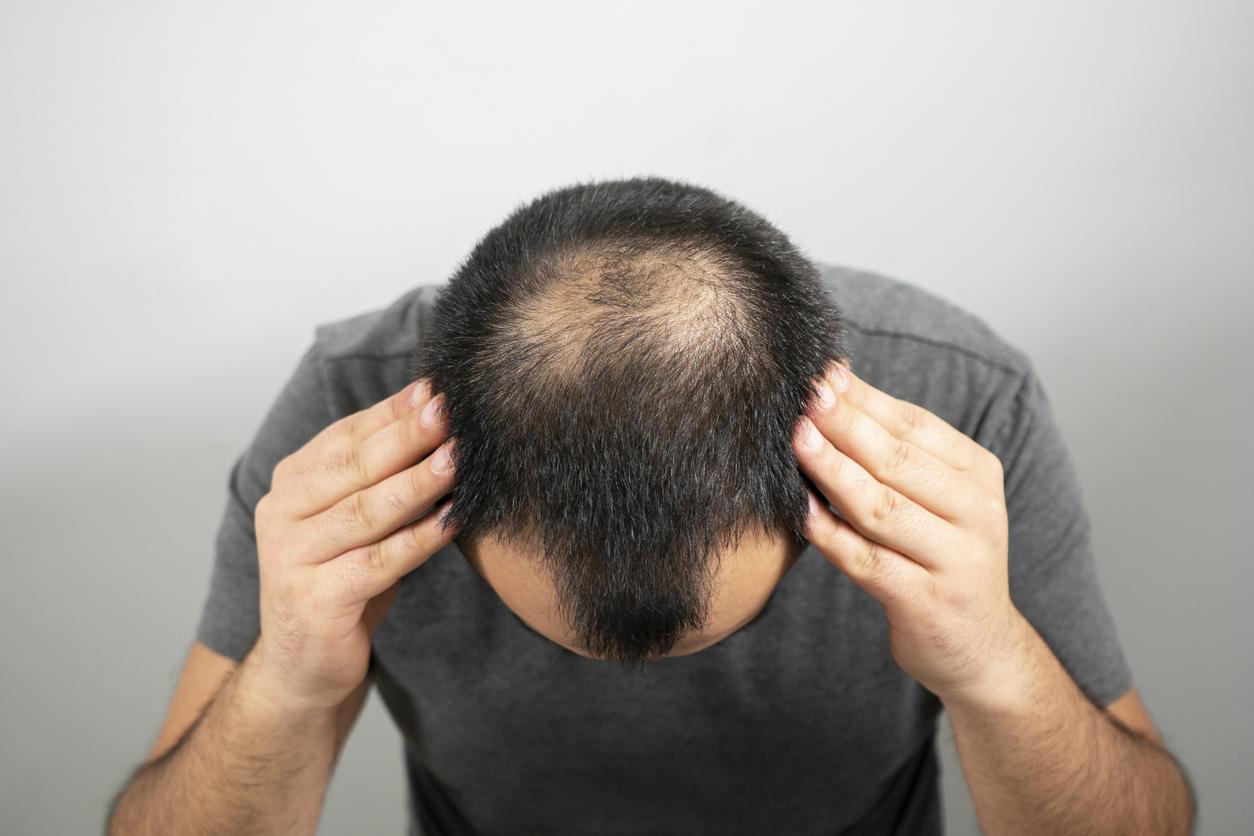In mice, the FOXC1 and NFATC1 genes are thought to be responsible for hair loss. Eventually, thanks to this discovery, a preventive treatment against baldness could be developed for humans.

- Two genes are thought to be responsible for hair loss in mice.
- Transposed to humans, this discovery could make it possible to create a treatment against baldness.
Thirteen percent of French people say they have baldness, according to a survey by the French Institute of Public Opinion (Ifop) carried out in 2015. In 1990, this figure was 12%, which means that the trend in the number of people affected by hair loss remains stable. Statistically, men are more affected than women: 25% against only 2%.
Baldness, a genetic phenomenon
Previous work implicated several factors that could explain hair loss, especially in thirties: hormonal changes, thyroid disorders, excessive protein consumption, vitamin D or zinc deficiencies, stress… But, according to a new study published in the journal Nature Aging, being affected by baldness would also and above all be genetic. Indeed, according to the researchers, two genes are involved in cell aging and hair loss.
FOXC1 and NFATC1, two genes responsible for baldness
The reason for baldness so far was a process called “depletion of stem cells” located in the bulges of hair follicles, ie the cavities in which hairs form. Over time, the researchers thought these stem cells died, which they believe explained why the hair turned white and then fell out. But that was before… The study published in the journal Nature Aging invalidates this theory. According to the scientists, these stem cells do not die, they escape naturally from the hair follicles if and only if the individual carries two genes, respectively called FOXC1 and NFATC1.
Towards a treatment?
To confirm their conclusion, the scientists genetically modified mice to remove these two genes. So, after only four to five months without FOXC1 and NFATC1, they started losing their hair. And after sixteen months, or about the average age of mice, they had almost no hair, except for a few tufts of gray hair. The researchers therefore proved that baldness in mice was genetic.
Thanks to this discovery, scientists may eventually be able to develop a treatment to prevent hair loss in humans. In the short term, their next research will therefore aim to determine if they can prevent stem cells from escaping from the follicles of aging mice. If they succeed in their experiments with rodents, they will then be able to test this method on humans… The first step towards a solution for all individuals suffering from baldness.
.

















